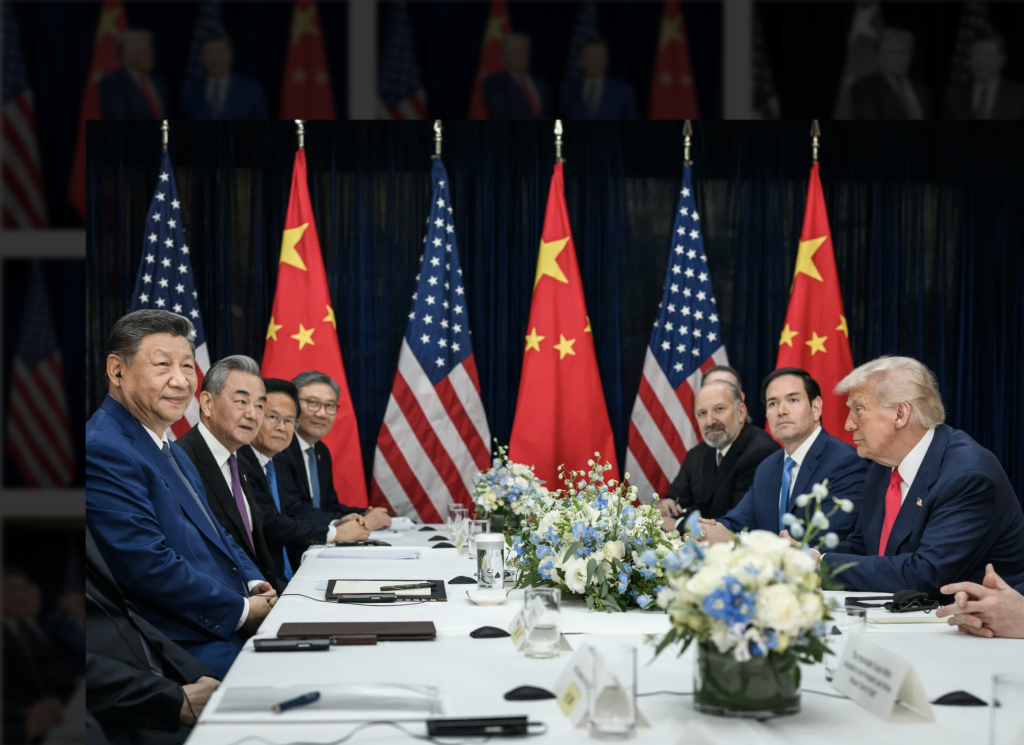China Consolidates Xisha Islands In South China Sea
Observers said China is strengthening its sovereign control over the South China Sea following an announcement Monday by officials of the southernmost Hainan Province of the building of piers and restoration work on the Xisha Islands.
“The construction of piers on Qilian Yu and restoration of Beidao Island are now underway. The improvement of infrastructure has protected the islands’ ecological environment, while the restoration work has significantly strengthened the islands’ capability against waves and erosion,” Xiao Jie, mayor of Sansha city, who is also a delegate of the current National People’s Congress, told a conference in Beijing on Monday.
The city was officially established in 2012, with its seat of government in Yongxing, the largest island of the Xisha chain in the South China Sea.
Xiao’s response came after Hong Kong-based Ta Kung Pao reported on Monday that China is planning to reclaim land on Qilian Yu, a subgroup of the Xisha Islands.
“The island construction on Qilian Yu will improve China’s influence in the South China Sea, as well as to maintain regional stability,” Liu Feng, a Hainan-based expert on South China Sea studies, told the Global Times on Monday.
Chen Xiangmiao, a research fellow at the National Institute for the South China Sea, told the Global Times that the on-going construction work is for civil use alone. Apart from that, some islands do not have standardized infrastructure, which has prompted the government to carry out construction work to improve the residents’ livelihood, Chen noted.
As a subgroup of islands under Sansha city’s administration, Qilian Yu currently has up to 300 residents, most of whom are living on its third biggest island, Zhaoshu Island, the Hainan Daily reported.
“The lack of space is one of the biggest obstacles to Sansha city’s development. Qilian Yu’s future construction may focus on land reclamation to expand its land area,” Liu said.
According to Liu, facilities will be built on the islands for environmental protection and scientific research, while tourism and fishery resources in the region will be developed.
“Some of Sansha’s government agencies are also likely to be stationed on the islands once construction is completed, which makes it easier for governance,” Liu said.
Meanwhile, transportation among the islands is a priority plan. Piers and ferry boats may become the primary means to connect the islands, Liu added.
“By promoting tourism, infrastructure and fishery projects on the islands, China will have greater influence in the South China Sea, as to spur development and stability in the region,” Liu said.
Protecting interests
At Monday’s conference, Luo Baoming, the Party chief of Hainan Province, reiterated China’s sovereignty over the South China Sea, claiming that some fishermen’s activities in the region are mainly for “protecting their livelihood.”
“Fishermen only account for a small portion of Hainan’s population. To protect their livelihood, they need self-defense training,” Luo told the conference.
Meanwhile, Li Guoliang, vice governor of Hainan, said that 45 base stations were established in the South China Sea, with its network covering 15 islands. He also recommends that China increase its investment in telecommunication infrastructure in remote regions to maintain national strategy and interests.
“Due to current tensions in the South China Sea, we should strengthen island construction for civil use as a powerful response to the Western media’s hype about the islands’ militarization, and to improve China’s influence in the region,” Liu told the Global Times.
By JIANG JIE and KOU JIE Mar. 8, 2016 on Global Times
Read more here








